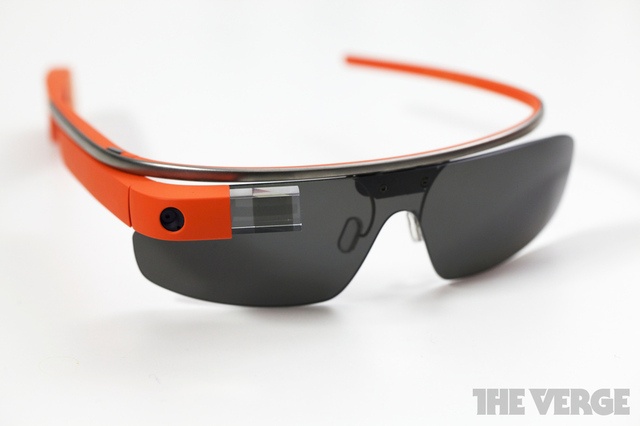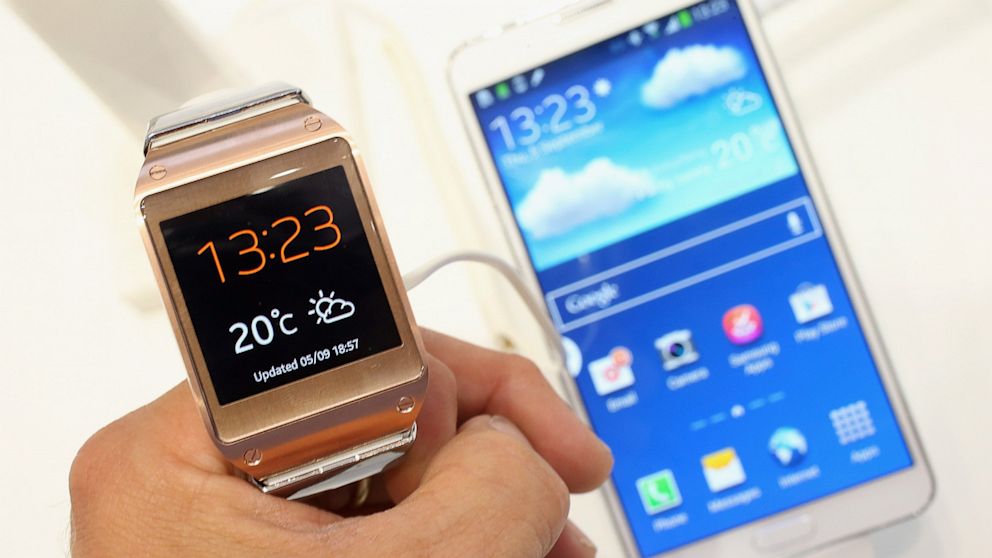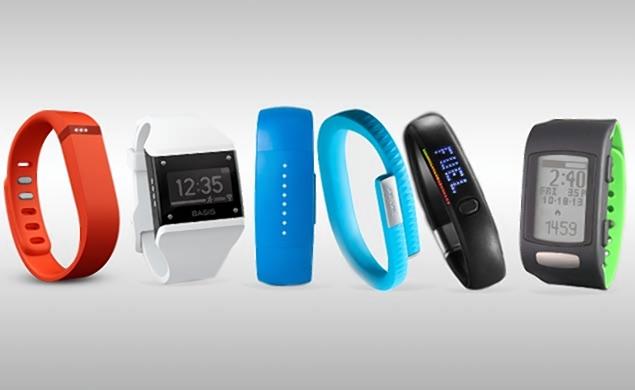
Stuck in a long checkout line at the supermarket a few days ago, I spotted a glimpse of the future: a shopper wearing Google’s most recent take on personal tech, Google Glass. Indoctrinated by sleek photos and videos praising of the subtlety of the mini-computer embedded glasses, I was shocked to see how large and ostentatious Glass really is. As consumers start to see software as a more integral part of their lives, technology companies are exploring new design solutions to fit their needs.

Despite their sometimes clunky appearance, smart-accessories are a hot new trend in the now saturating smartphone market. Most recently Samsung has released their Galaxy Gear watch, which works as an alternate interface for your Samsung smartphone. Despite mixed reviews, Glass and Gear are part of growing trend that started with the Nike+ Fuelband and the Jawbone Up, two bracelets that allow users to monitor their exercise routines with integrated software.

This boom of integrated tech accessories highlights the search for tech manufacturers to invent ‘the next big thing’ as the smartphone market in the US is predicted to reach full saturation by 2015.
As users integrate technology more and more into their day to day lives, high-tech companies are starting to respond with radical new user experiences and devices. One common theme is that many of these tech accessories no longer require users to use touchscreens to interact with their apps and the internet. Instead of poking buttons on a glass surface, users may soon have a wide array of hardware and software to seamlessly overlay their digital world onto the real world.
While touchscreens and beautiful, ergonomic hardware are still essential in selling (and branding) expensive technology, users may one day choose the immersive experience of integrated software over the cache of owning a smartphone. Tech companies will face new challenges in designing minimal hardware solutions that enhance seamless integration of software into user’s lives, freeing them from using only handheld screens to experience their digital world.
For now, we may be stuck with early adopters showing off their clunky tech as fashion statements in the supermarket, but someday in the future we may reminisce about how silly it once was to have to pull a smartphone out of our pocket to use the internet.


